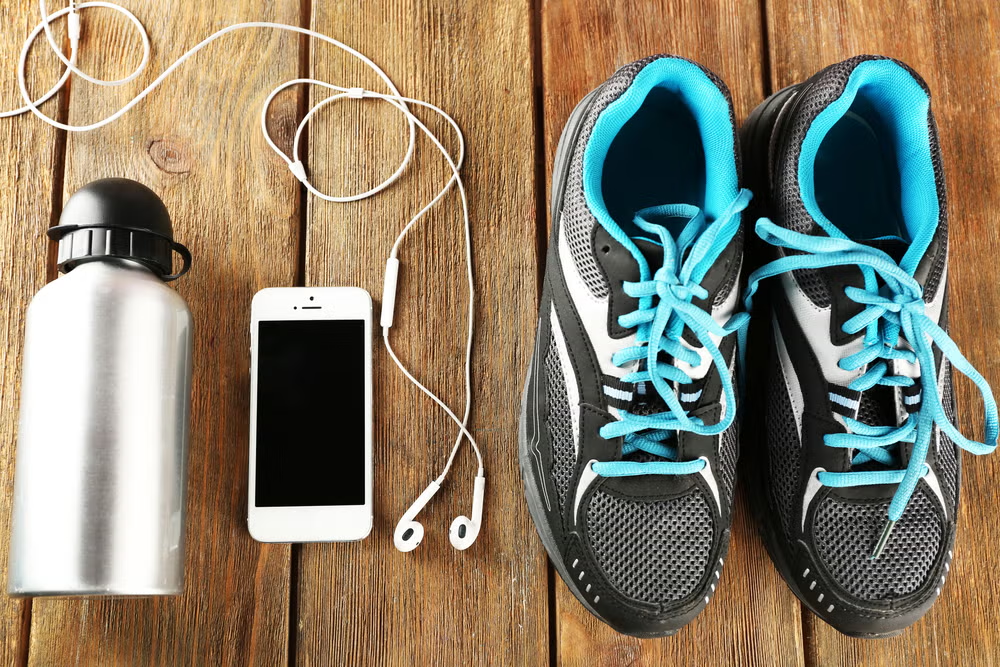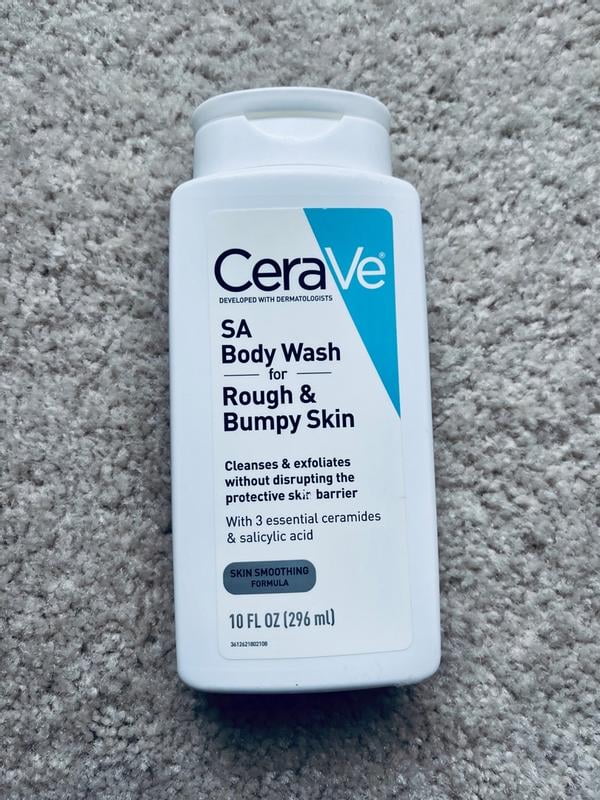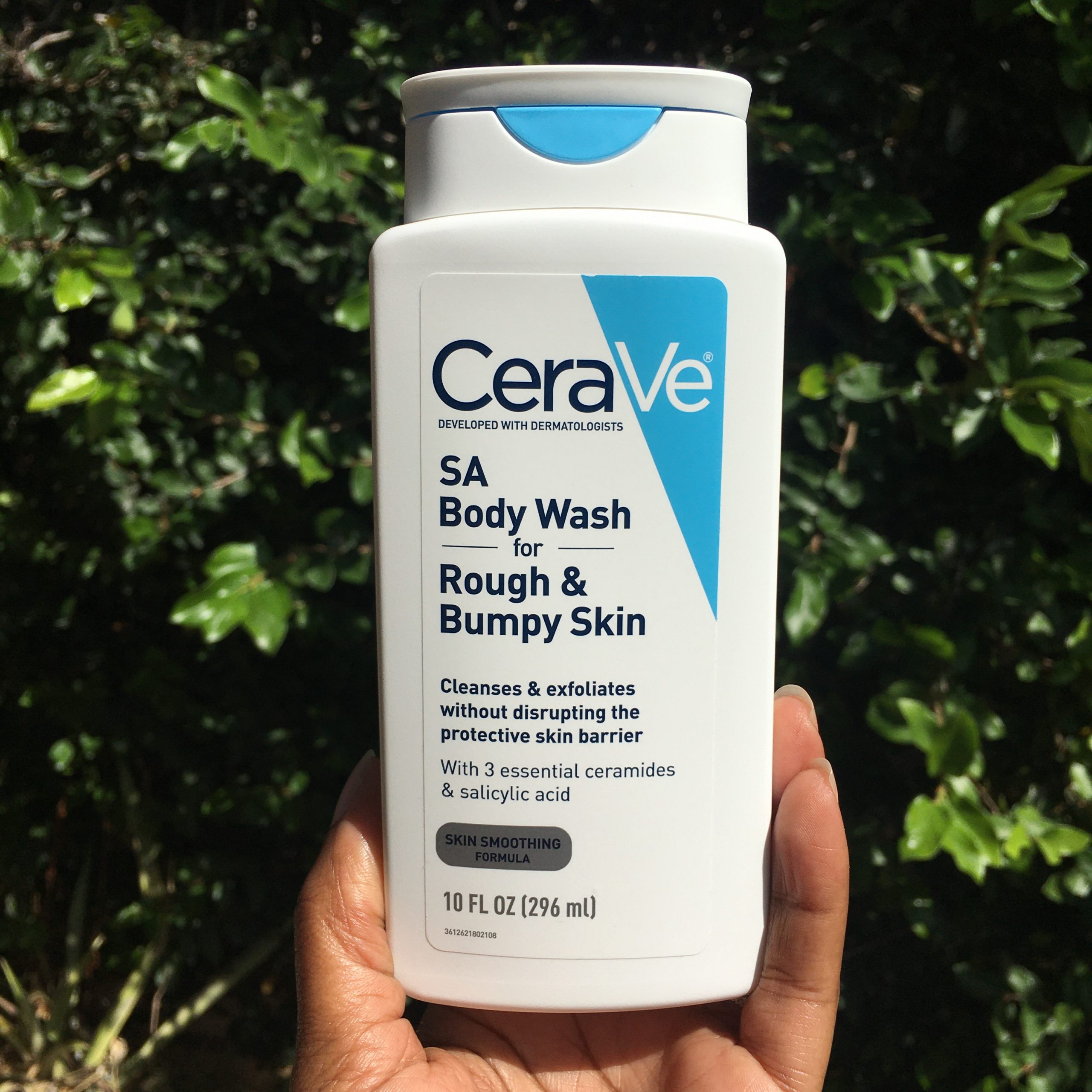Workout Music – When it comes to working out, we often focus on weights, reps, and routines. But there’s another powerful tool that can make a massive difference in your training: music.
The right workout playlist doesn’t just entertain—it can motivate, energize, and even improve performance.
Whether you’re lifting heavy, running long distances, or powering through a high-intensity interval session, workout music can be the secret weapon to help you hit your goals and enjoy every rep.
Why Music Matters During a Workout
Music does more than keep your ears occupied—it can directly affect your physical performance and mental state. Here’s how:
- Increases Motivation
Music can light a fire under you. Hearing your favorite high-energy track just as you’re about to start a tough set can boost motivation and help you push through fatigue.
- Improves Focus
Music acts as a buffer between you and distractions. It helps you zone in on your workout by quieting outside noise and internal doubt.
- Enhances Mood
Feeling tired or unmotivated? A good playlist can elevate your mood, stimulate dopamine release, and put you in a positive, can-do mindset.
- Boosts Performance
Studies have shown that music, especially with a faster tempo (120–140 BPM), can enhance endurance, pace, and perceived effort during exercise.
Best Types of Music for Different Workouts
Different workouts call for different vibes. Here’s a breakdown of ideal music genres or tempos for various workout types:
High-Intensity Interval Training (HIIT)
Best genres: EDM, Hip-Hop, Pop remixes
Why: Fast beats match your heart rate and help maintain intensity
Strength Training
Best genres: Rock, Trap, Hardcore Rap
Why: Aggressive rhythms and lyrics can help increase adrenaline and focus
Yoga or Stretching
Best genres: Chillhop, Acoustic, Lo-fi beats
Why: Calm, melodic tunes support relaxation and breath control
Cardio or Running
Best genres: Dance, House, 2000s Pop
Why: Steady beats keep your pace in sync and make time pass faster
Building the Perfect Workout Playlist
Here are a few tips to create a playlist that energizes and evolves with your workout:
1. Start Slow, Build Momentum
Use slower tempo songs during your warm-up to ease into the workout. Increase BPM (beats per minute) as your session intensifies.
2. Match the Beat to Your Movement
Try syncing music tempo to your movement. For example:
Jogging pace: 120–130 BPM
Cycling: 130–140 BPM
HIIT: 140–160+ BPM
3. Include Personal Favorites
Don’t underestimate the power of nostalgia or your all-time favorite tracks. These songs can trigger positive emotions and help you go the extra mile.
✅ 4. Keep It Fresh
Update your playlist regularly to avoid boredom and plateauing motivation. Rotate in new tracks or remix old ones to keep your energy high.
Top Platforms for Workout Music Playlists
Looking for ready-to-go playlists? These platforms have curated options across genres and workout styles:
Spotify
Massive library of workout playlists by genre, mood, and intensity
User-curated playlists like “Beast Mode,” “HIIT Workout,” and “Cardio”
Apple Music
Professionally curated playlists like “Power Workout” and “Pumped Pop”
YouTube Music
Free access to high-energy mixes and DJ sets
Great for longer sessions
SoundCloud
Great for remixes, mashups, and underground tracks
Perfect if you want something different
Top 15 Songs to Add to Your Workout Playlist (2025 Edition)
Here’s a mix of crowd favorites and high-energy tracks that are gym-tested and sweat-approved:
Eminem – “Lose Yourself”
Kanye West – “Stronger”
Dua Lipa – “Physical”
AC/DC – “Back in Black”
Drake – “Nonstop”
David Guetta & Sia – “Titanium”
Doja Cat – “Woman”
Linkin Park – “Numb”
The Weeknd – “Blinding Lights”
Becky G – “Arranca”
Bad Bunny – “Tití Me Preguntó”
Imagine Dragons – “Believer”
Burna Boy – “Last Last”
Nicki Minaj – “Super Bass”
Alan Walker – “Faded” (Workout Remix)
Mix and match depending on your style and training intensity.
The Psychology Behind Workout Music
Music triggers the brain’s reward system, releasing dopamine and reducing the feeling of fatigue. Studies have also found that music can:
- Reduce perceived exertion by up to 12%
- Improve endurance by 15% or more
- Enhance coordination in rhythmic activities like running or rowing
Put simply, music helps you feel better, perform better, and train longer.
When to Ditch the Headphones
While workout music is a game-changer, there are times when it might be best to go without:
In group classes, where you need to hear the instructor
When training with a coach or partner
During outdoor runs or cycling, where environmental awareness is key
If you’re trying to improve internal focus or breathing techniques (e.g., in yoga)
Final Thoughts: Why Music and Movement Go Hand-in-Hand
The connection between music and fitness isn’t just a trend—it’s rooted in science and human experience.
Whether you’re chasing PRs or just trying to make it through your Monday workout, the right soundtrack can lift your energy, improve focus, and make exercise something you look forward to.
So grab those headphones, turn up the volume, and let the beats carry you through. Because when the music hits, you don’t feel the pain.









